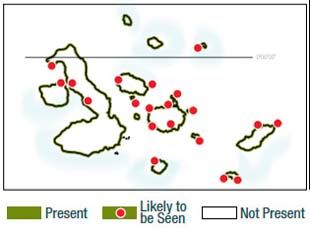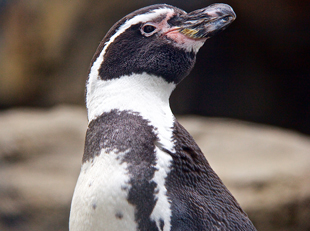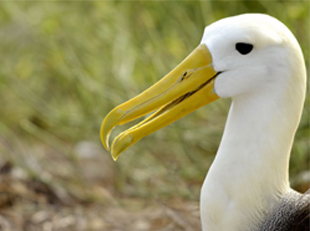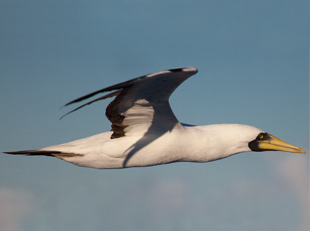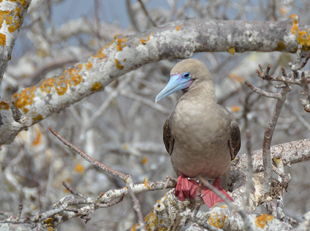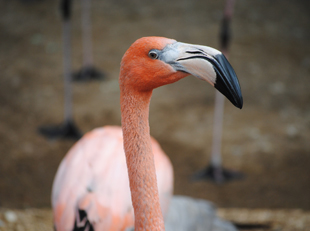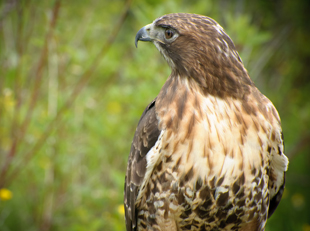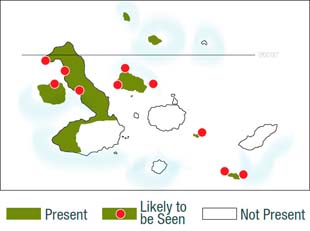GALÁPAGOS ISLANDS
Situated in the Pacific Ocean off the coast of Ecuador, the 19 isolated Galápagos islands and the surrounding marine reserve form a spectacular showcase of diverse animals and pristine ocean. Located at the confluence of three ocean currents, the Galápagos are a melting pot of species found nowhere else in the world. Read on for a comprehensive look at the Galápagos Islands, and the best way for you to experience them!
Jump To
Yacht-Based Tours
A live-aboard yacht is THE best way to visit the Galapagos Islands!
There are around 70 cruise ships throughout the Galápagos and a variety of sizes and quality of experiences. We highly recommend opting for one of the smaller cruise ships, where you have the choice between an individual cabin to get to know other travelers, or chartering the whole ship with a group of your friends! A yacht-based tour provides the ability to see more islands and more wildlife than a land-based tour, and each yacht provides one of the region’s best tour guides – required for access into the national parks.
Our Featured Yachts:
The Elite is a 16-passenger luxury catamaran with private balconies in every suite and one of the few yachts offering a single cabin. It boasts elegant exteriors, spacious and luxurious accommodations, and a beautiful al fresco dining area. Travel between the islands is fast and offers great stability due to its innovative design.
Land Based Tours
Is a land-based tour right for you?
Pros
Great for people prone to sea-sickness
Able to book closer to departure date
Less expensive than a yacht-based tour
Cons
Less wildlife closer to town
Less convenient for intra-island travel
Many additional personal expenses
Land-based Galápagos tours offer an alternative to live-aboard yachts. Travelers stay in local hotels and eat at local restaurants, while visiting nearby islands on day tours by small speedboat. Galápagos island-hopping tours are done on the inhabited islands.
Galápagos Wildlife
When to Visit
The Galápagos Islands are an exciting destination any time of year. Ideally, the usual peak travel months of July, August and late December should be booked 6-12 months in advance. See what you can expect when you visit the Galápagos:
|
January through June |
July through December |
|---|---|
|
|
History of the Galápagos Islands
The Galápagos Islands were first discovered in 1535 by Fray Tomás de Berlanga, the Bishop of Panama, entirely by accident! His ship was becalmed (left stranded with no winds) and currents carried his ship west into the islands. He saw little value in the islands and they were mostly untouched until later that century when pirates, sanctioned by England, used the islands as a base from which to raid Spanish trading ships.
The islands were still in relative obscurity in 1835 when the H.M.S. Beagle stopped there carrying a 22-year-old scientist by the name of Charles Darwin. He was fascinated by the slight differences amongst the same species of animals on different islands which gave him the inspiration for his book The Origin of Species, published in 1859, twenty-four years after his visit. Contrary to popular belief, this book did not introduce the idea of evolution, but elaborated on the how and why of evolution.
Tourism of the island did not really kick off until 1935, the 100-year anniversary of Darwin’s visit. In that year, the Ecuadorian government designated parts of the islands as wildlife preserves to protect the rare species that occupy them. In 1959 the Galápagos Islands were declared a National Park and the work was finished in 1968 with the finalization of the park boundaries and creation of a park service to oversee it. Even in 1970 the Galápagos only received about 1,000 visitors. Now there are upwards of 215,000 visitors that visit the Islands each year!


















